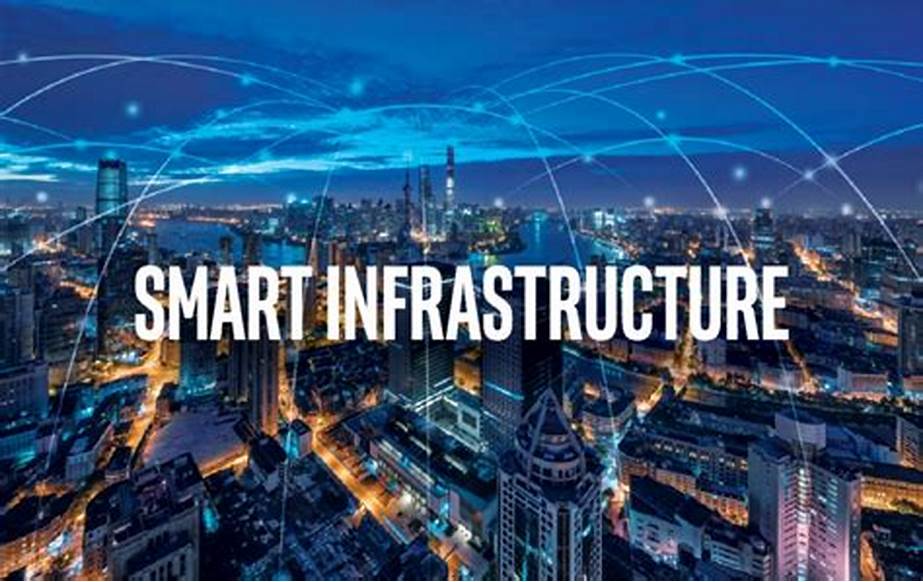
The Future of Smart Buildings: A Revolution in Efficiency and Comfort
Introduction
Smart buildings have rapidly emerged as a pivotal aspect of modern urban development. With advancements in technology and the growing need for energy efficiency, the future of smart buildings is poised to witness significant transformation. This article provides an in-depth exploration of the concept of smart buildings and why their future is both important and intriguing.
Historical Background
The concept of smart buildings originated with the integration of technology to enhance energy management and occupant comfort. Over time, these buildings have evolved to incorporate a wide range of advanced features and systems. Key milestones in the field include the development of intelligent sensors, automation systems, and the Internet of Things (IoT).
Key Concepts and Definitions
Smart buildings are defined as structures that utilize automation and data analytics to optimize energy consumption, enhance security, and improve overall functionality. Several key terms and concepts are associated with smart buildings, including the Internet of Things (IoT), Artificial Intelligence (AI), energy efficiency, automation, and data analytics. These terms play a crucial role in shaping the future of smart buildings.

Main Discussion Points
Integration of IoT and AI in smart buildings
The integration of IoT and AI technologies is revolutionizing smart buildings by enabling seamless connectivity and intelligent decision-making. These advancements have the potential to enhance energy management, security, and occupant comfort. For instance, IoT devices can automate lighting and HVAC systems based on occupancy, while AI algorithms can optimize energy consumption patterns. However, challenges such as data security and interoperability must be addressed to fully leverage the benefits of IoT and AI in smart buildings.
Sustainable and energy-efficient smart buildings
Sustainability is a key focus in the future of smart buildings. Innovative technologies and strategies are being employed to improve energy efficiency and reduce environmental impact. From solar panels to advanced insulation, these buildings are designed to minimize energy consumption while maximizing performance. Successful case studies such as net-zero energy buildings demonstrate the immense potential of sustainable smart buildings.
Enhancing occupant experience and well-being
The future of smart buildings is centered around creating occupant-centric environments that prioritize comfort and well-being. Technologies and features such as smart lighting, personalized temperature control, and indoor air quality monitoring contribute to improved occupant comfort and productivity. Moreover, smart buildings are increasingly incorporating wellness features such as circadian lighting and biophilic design to promote a healthy environment.
Case Studies or Examples
Case study: The Edge building in Amsterdam, Netherlands
The Edge building serves as a prime example of a smart building that utilizes advanced technologies for energy efficiency and sustainability. With its intelligent lighting systems, smart thermostats, and extensive use of renewable energy sources, The Edge has achieved remarkable energy savings and reduced carbon emissions.
Case study: Tesla Gigafactory in Nevada, United States
The Tesla Gigafactory showcases the integration of automation and IoT technologies in a manufacturing setting. By leveraging advanced robotics and data analytics, the factory has significantly improved energy efficiency and productivity. The implementation of smart building technologies has not only reduced energy consumption but also streamlined the manufacturing process.
Current Trends or Developments
The future of smart building technology is marked by several emerging trends. These include the adoption of edge computing for real-time data processing, the integration of smart grids for efficient energy management, and the use of predictive analytics to optimize building operations. Research findings indicate that the future of smart buildings will witness increased connectivity and enhanced integration with urban infrastructure.
Challenges or Controversies
Implementing smart building technologies poses various challenges, including high upfront costs, complex interoperability issues, and the need for skilled personnel. Additionally, controversies and ethical concerns surrounding data privacy and security have emerged with the widespread use of IoT devices in smart buildings. Addressing these challenges and concerns is crucial for the successful future implementation of smart building technologies.
Future Outlook
The future of smart buildings holds immense potential for advancements in technology and sustainability. As the world becomes increasingly conscious of energy consumption and environmental impact, smart buildings will play a crucial role in creating sustainable, efficient, and comfortable living and working spaces. However, barriers such as cost, regulatory frameworks, and public acceptance need to be overcome to fully realize the future potential of smart buildings.
Conclusion
In conclusion, the future of smart buildings is poised to revolutionize the way we live, work, and interact with our environment. The integration of IoT and AI, emphasis on sustainability, and focus on occupant well-being are driving the transformation of buildings into intelligent and efficient structures. By addressing challenges and embracing opportunities, the full potential of smart buildings can be realized, leading to a sustainable and comfortable future.